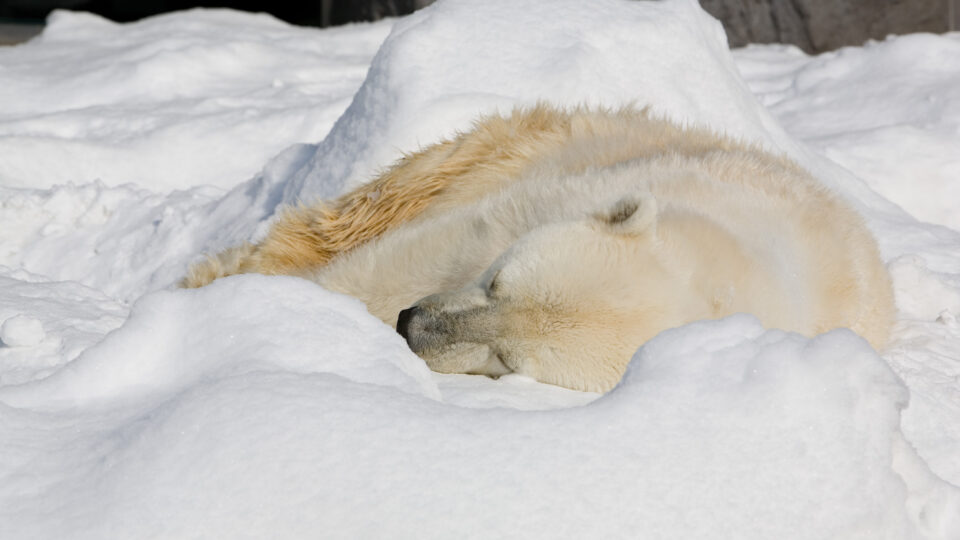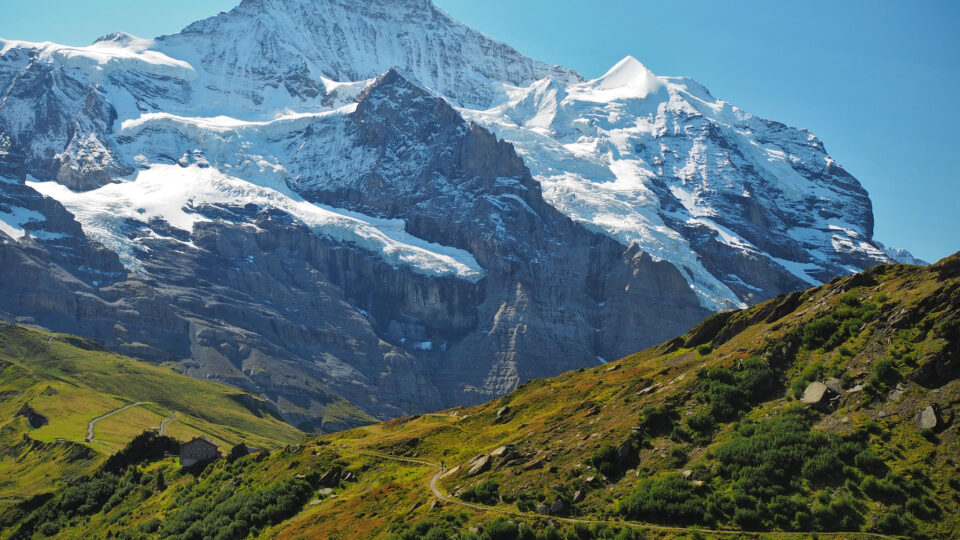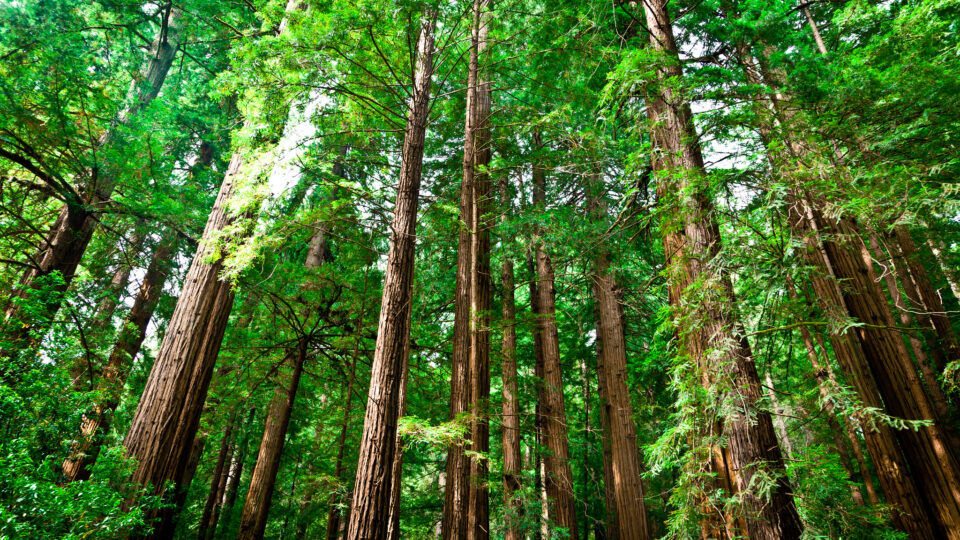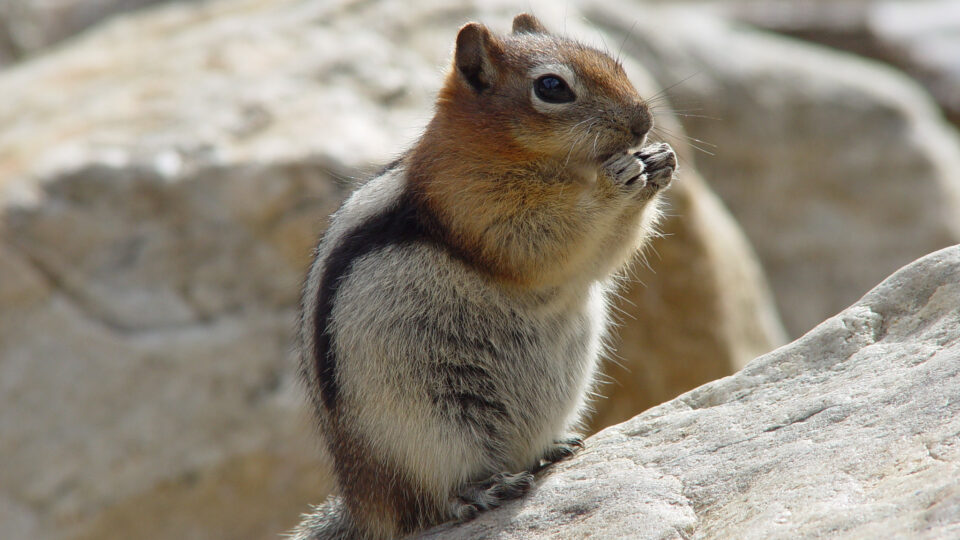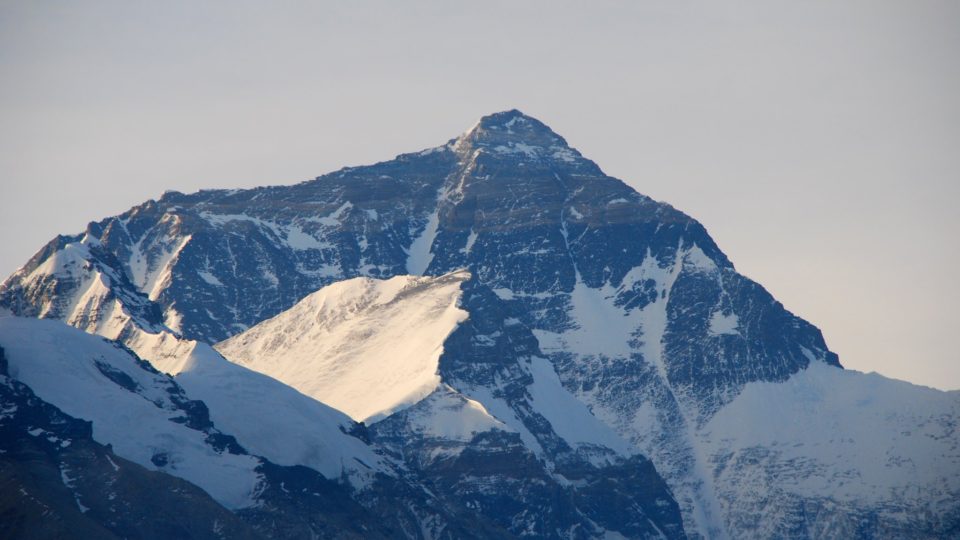There is lots of interest in traction. People want to find better ways to move across wet and frozen surfaces safely. This applies to both the shoes on our feet and the tires on our cars.
Researchers at the University of Akron along with colleagues at Syracuse University and at Bridgestone, the tire company, have been studying how many arctic animals can walk and run across the ice without slipping and falling. Their research focused on the paws of polar bears.
Previous studies discovered that polar bears have papillae – little bumps on the pads of their feet – that provide improved traction on snow. The new research also looked at the paws of other species of bear – brown bears and black bears – and found that these others also have papillae on their paw pads, but that those of polar bears are as much as 50% taller. These taller bumps give the pads a 30-50% increase in frictional shear stress.
The research may lead to various applications. For example, snow tires typically have deeper treads, but the polar bear study may lead to some new designs that would improve traction. People who do high-altitude climbing are interested in the research as are companies that deliver goods in bad weather. Anyone who has to be out and about in bad weather would like to get a better grip.
There are various other animals with traction-improving adaptations that are probably worth studying. These include dogs, wolves, foxes, and mountain goats. The same researchers at Akron have also studied other animals with unique abilities to deal with challenging surfaces including geckos, spiders, and mussels. The natural world is filled with examples of creatures who can easily function in environments that we humans find very challenging.
**********
Web Links
UA researchers’ focus on tire traction leads to investigation of polar bear paws
Photo, posted March 2, 2008, courtesy of Sam Weng via Flickr.
Earth Wise is a production of WAMC Northeast Public Radio.
